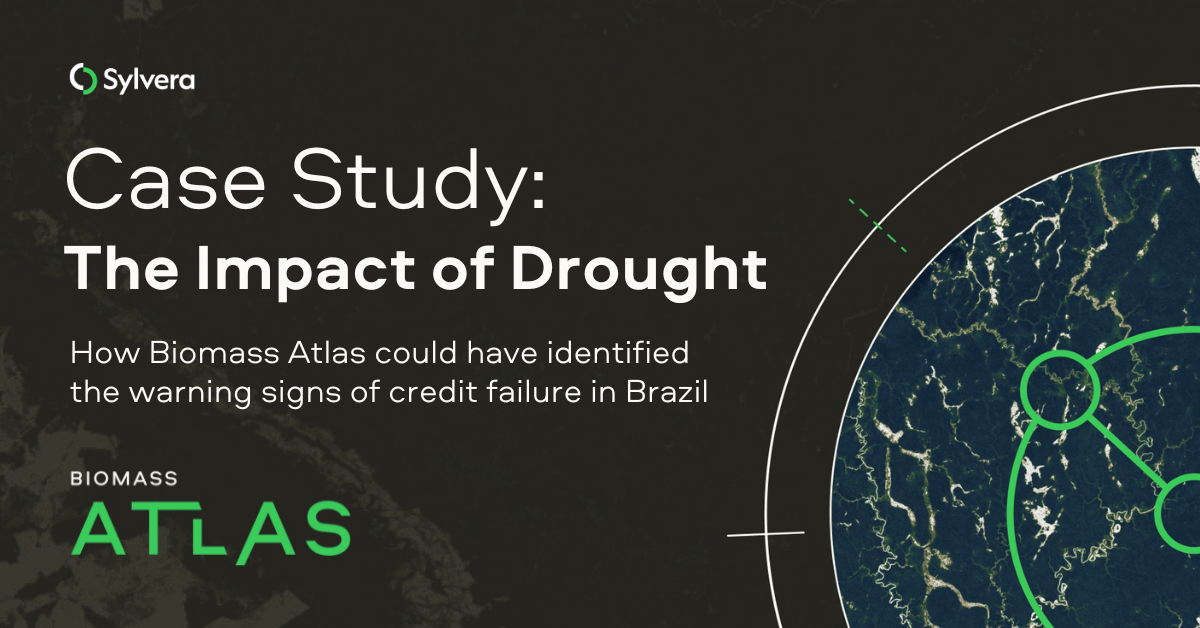“Over the years we’ve invested significantly in our field data team - focusing on producing trusted ratings. While this ensures the accuracy of our Ratings, it doesn’t allow the scale across the thousands of projects that buyers are considering.”
For more information on carbon credit procurement trends, read our "Key Takeaways for 2025" article. We share five, data-backed tips to improve your procurement strategy.

One more thing: Connect to Supply customers also get access to the rest of Sylvera's tools. That means you can easily see project ratings and evaluate an individual project's strengths, procure quality carbon credits, and even monitor project activity (particularly if you’ve invested at the pre-issuance stage.)
Book a free demo of Sylvera to see our platform's procurement and reporting features in action.
Sylvera Field Scientist Ashleigh Parsons explains...
When you last heard from me and the team, we were collecting terrestrial laser scanning data from tropical forests in Gabon to map the forest structures on the ground. You can read my previous blog here.
Today, our team is working in Wytham Woods, an ancient woodland and Site of Special Scientific Interest in Oxfordshire. For the first time, we are conducting automated flights with an Unmanned Aerial Vehicle (UAV) to collect high-quality data on forest structure from the air, retrieving key parameters that correlate with above ground biomass (AGB) such as tree height and stem diameter.
Wytham woods is the perfect base for conducting the test flights with our new instrument, allowing us to put this novel technology through its paces before we head to Peru with researchers from UCLA, Nasa-JPL and University College London on the next leg of the Sylvera-led research programme.
.avif)
We’re experimenting with key elements of our UAV flights to assess the different 3D point clouds our state-of-the-art aerial laser scanner captures. These scans allow us to create intricate 3D constructions of the forest, but different parameters alter the type of data we collect. There are trade-offs, so we need to find the right balance. It is crucial we work this out now so we can maximise the quality and quantity of the data we collect when scanning thousands of hectares of forest in tropical biomes.
These UAV scans will be calibrated using the data on forest structure we capture on the ground. Our unique method of combining Lidar measurements collected across spatial scales in this way will allow us to bridge the gap with satellite data and produce our unique region-scale AGB maps with unprecedented accuracy. Our Machine Learning engineers will use these maps to train Sylvera's ML models, allowing them to infer the state and change of AGB in the world's forests using satellite data.
As a result of this work, Sylvera will track the impact of the world's forestry-based carbon offset projects with greater accuracy than ever. Combined with Sylvera's bespoke methodologies that assess the design and co-benefit impacts of projects, buyers will be able to have a new level of confidence in their offsets that just wasn't possible previously.
Watch out for the next update from our field team in Tambopata, Peru, where we will be continuing our research in the Amazon rainforest.











.png)



